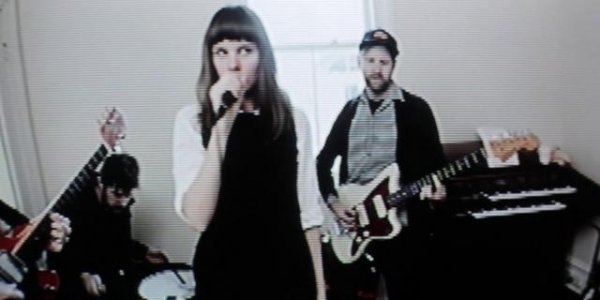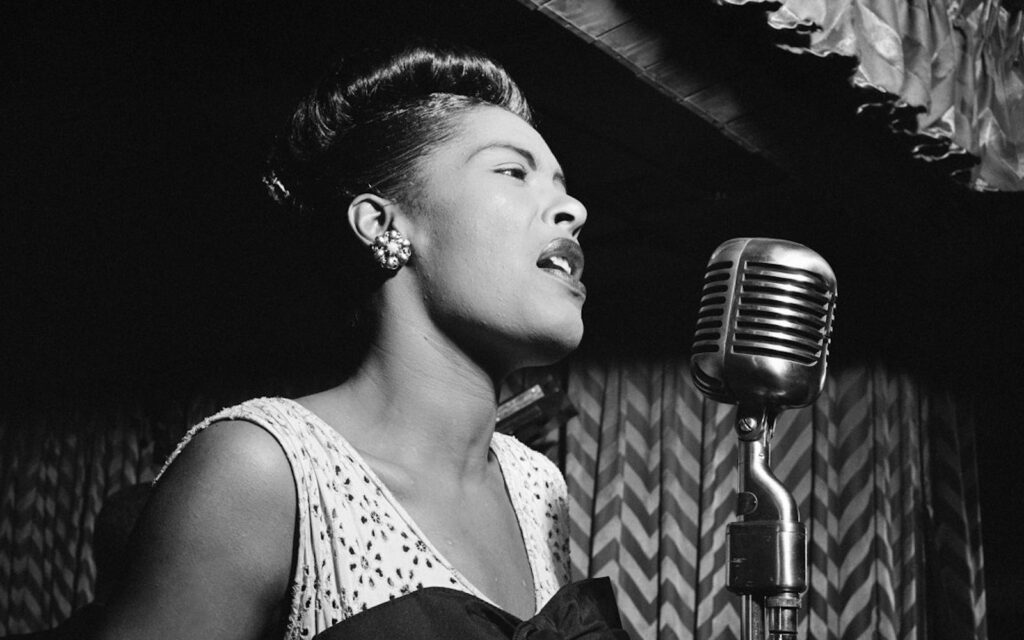New Zealand-born Doyle formed Songs in his adopted home of Sydney just over five years ago, and released its debut album in 2009 to considerable critical acclaim. After touring to promote the record, Songs took a hiatus from playing, coinciding with the departure of guitarist Jeff Burch and drummer Steve Uren. “Jeff, our original guitarist, moved to New York,” Doyle explains. “Originally we tried to work a long-distance thing, but it wasn’t going to work out. And Steve was pretty close to Jeff – he played with him in New Zealand – and Steve was a bit stuck on whether to stay. So I suppose we made the move for him,” Doyle laughs. “But it was a pretty big thing at the time. It was Ela’s (Stiles) first band. It could have been the end for the band.”
To fill the band, Doyle turned to Youth Group guitarist Cameron Emerson-Elliott and Talons drummer Ben James. Not surprisingly, Doyle says the change in personnel had a noticeable effect on the band. “The old Songs felt like it was our first band out of school,” he muses. “Every experience was new, every gig was strange. But now it’s like we’re seasoned pros,” Doyle laughs. “I think now it’s more about the business and what we’re doing, it’s more about the music and about optimising our time together.”
Songs released its second album, Malabar, last month, with minor exception to similar acclaim as greeted the band’s debut album. With a new lineup to break in, Doyle says the writing and recording was a collaborative effort. “Most of the three minute songs I wrote myself at home, and the stuff Ela and I wrote together we did when we were sitting down together. But because we were learning to play with Cam and Ben, we did a lot more jamming,” Doyle says. “So quite a few songs came from that, so that was really collaborative.”
One particular jam led to the ethereal psychedelic folk track Looking Without Seeing. “Ela had that simple bass riff, and that kept cropping up in jams,” Doyle says. “And things would just keep getting layered on it. Mike, our producer, could hear layers and know how to build them, without it becoming a sonic soup. We’re really glad people are connecting with that song – we jam pretty well.”
Doyle was recently quoted in another interview as suggesting Fleetwood Mac’s Rumours, and Talking Heads’ More Songs About Buildings And Food provided an insight into Malabar. Doyle laughs at the reference. “I was probably being a real dick at the time because Ela and I had been arguing, and that record [Rumours] was done at a pretty fractious time – though I have also been listening a lot to that record recently,” he says. “And with Talking Heads, I’d love to refer to the rhythms, the incredible hooks and great arrangements – we could only wish to attain those heights. But then someone would listen to our record and be disappointed,” Doyle laughs.
In addition to his musical exploits, Doyle works as a professional photographer. While he’s recently done some video clips for Songs’ new material, he says his music isn’t generally created with visual imagery in mind.
“They take up two separate parts of my creative brain,” he says. “The space they take up is so removed that I almost have to be two completely different people to do them. So when I’m in the band, that’s all that matters. And there’s only one or two people in my working world who come and see the band, so there’s not much crossover there.”
Doyle has been speaking from the front seat of his car in inner-urban Sydney, watching a trickle of rain outside gradually develop into a torrent that will soon impede him from leaving the car and returning to his office. By the time the interview concludes, Doyle is all but marooned. “It’s like a river outside,” observes Doyle. “I’m not sure when I’m going to be able to get out.” I suggest that maybe he’ll have to revisit his youth and sleep in the back seat. “Yeah,” Doyle laughs. I think that’s just about all that I can do now.”
BY PATRICK EMERY







